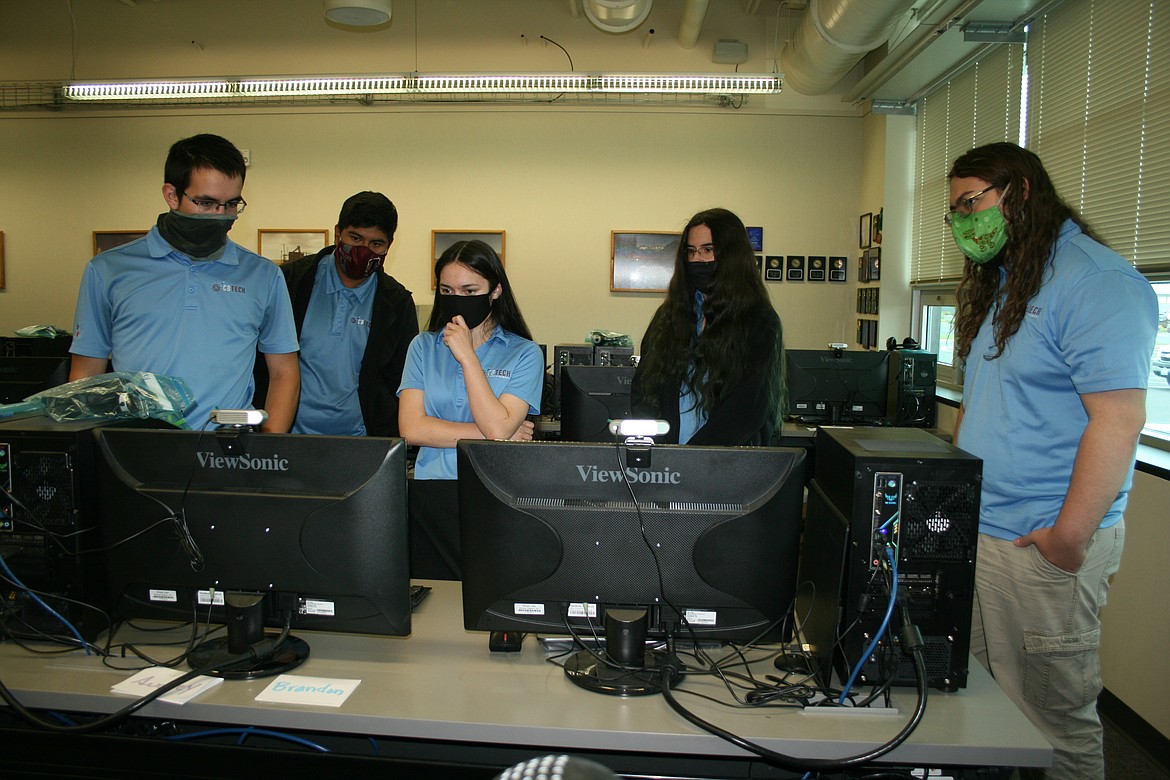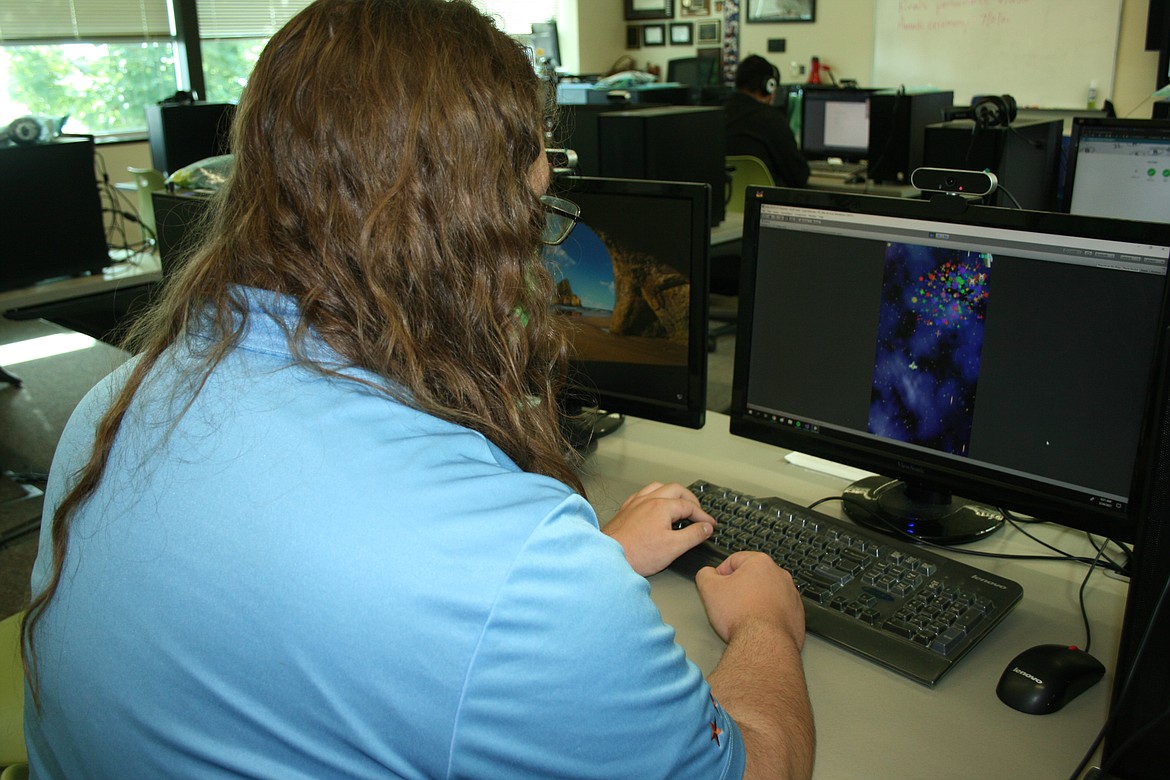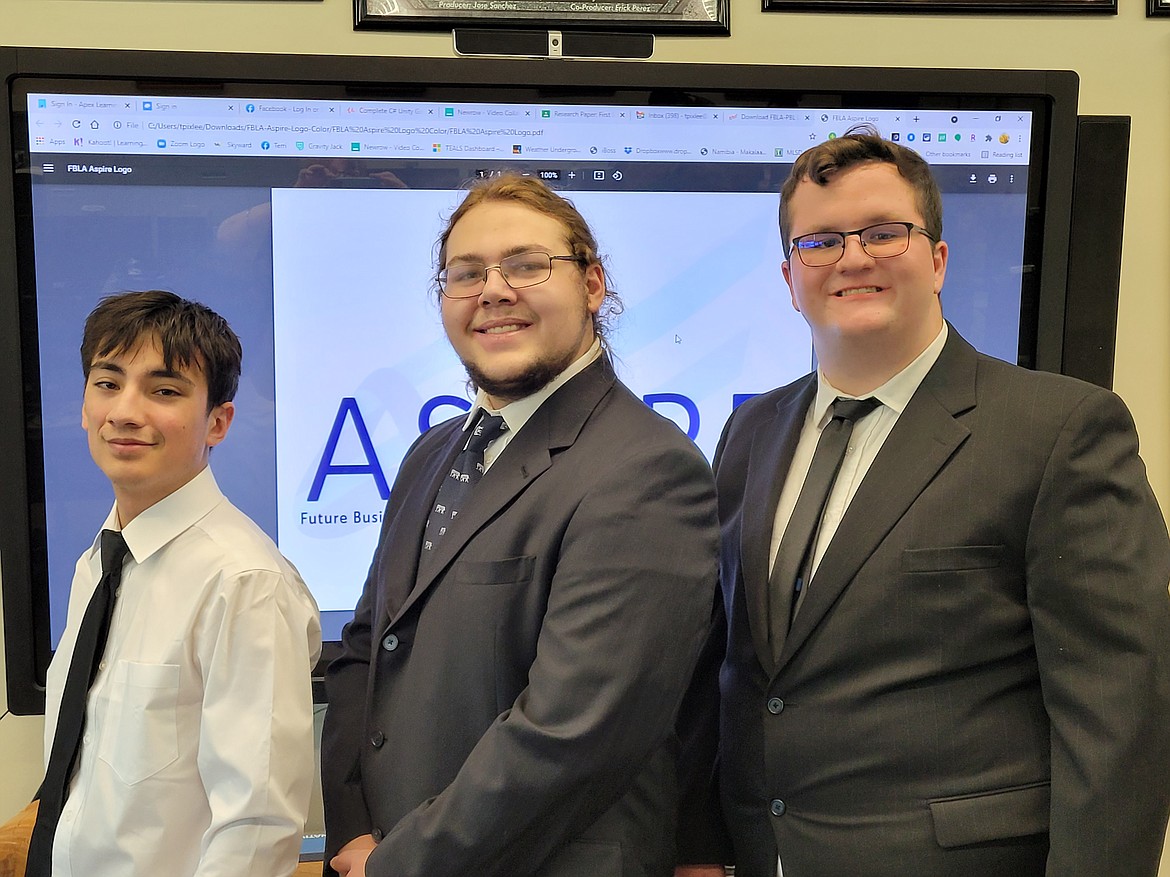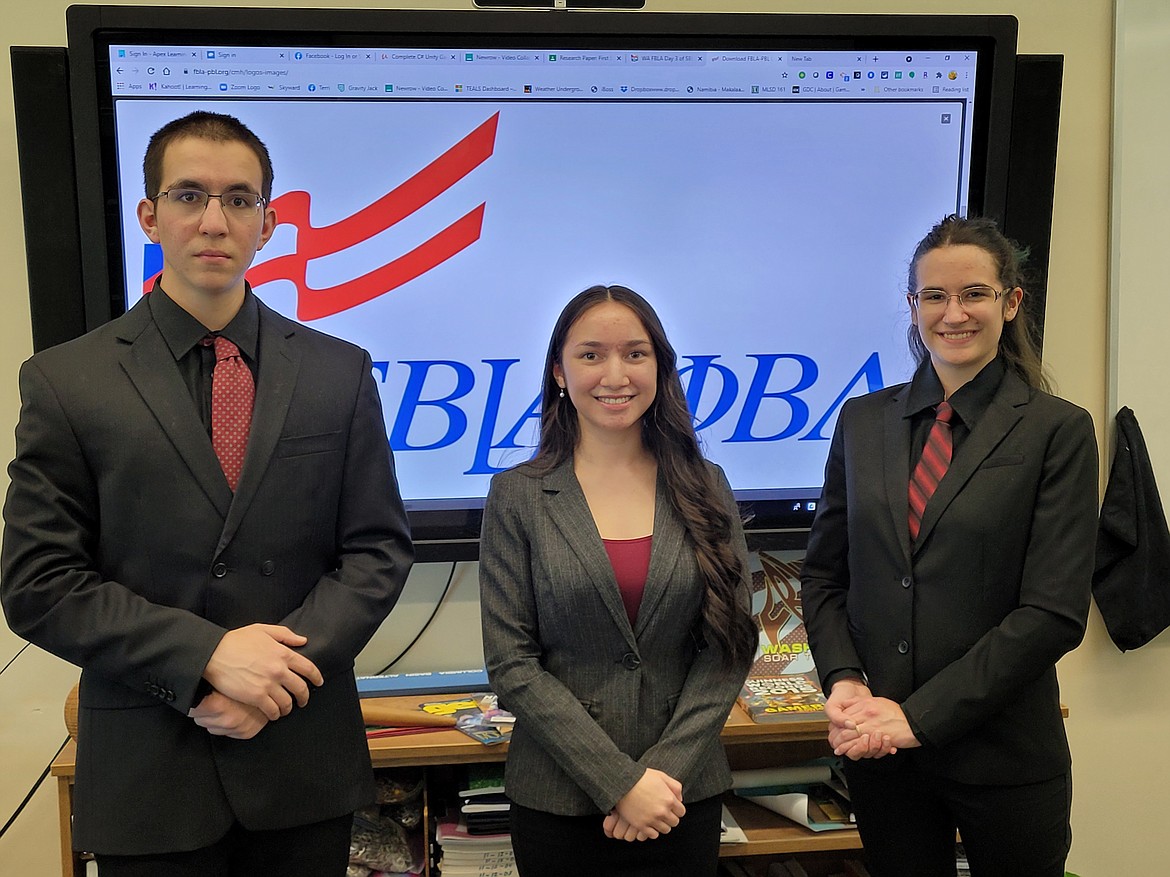Game on: Columbia Basin Technical Skills Center students qualify for national FBLA competition
MOSES LAKE — Building a video game with a deadline works better when it’s a collaborative effort. That’s the conclusion reached by students at Columbia Basin Technical Skills Center after teams took first, third and seventh place in Future Business Leaders of America (FBLA) computer game and simulation competition.
Become a Subscriber!
You have read all of your free articles this month. Select a plan below to start your subscription today.
Already a subscriber? Login






